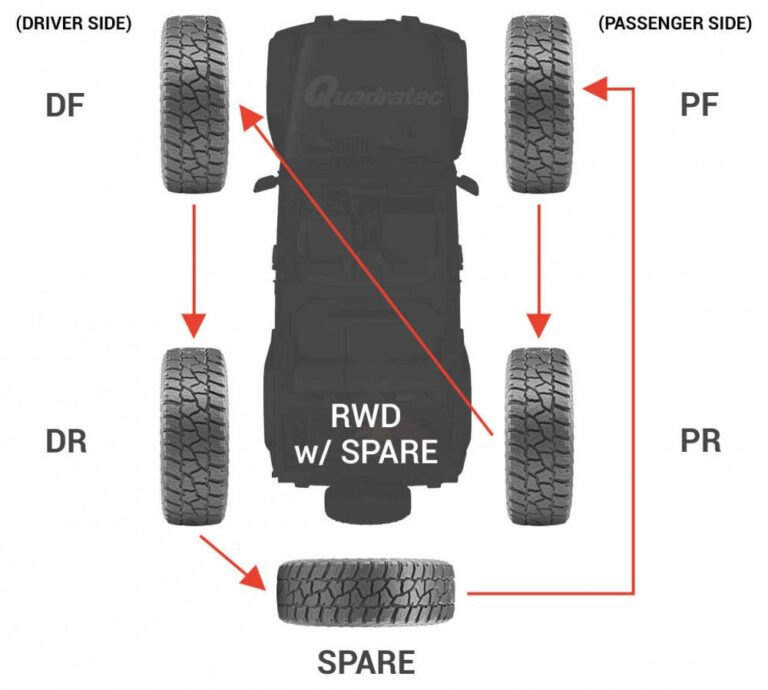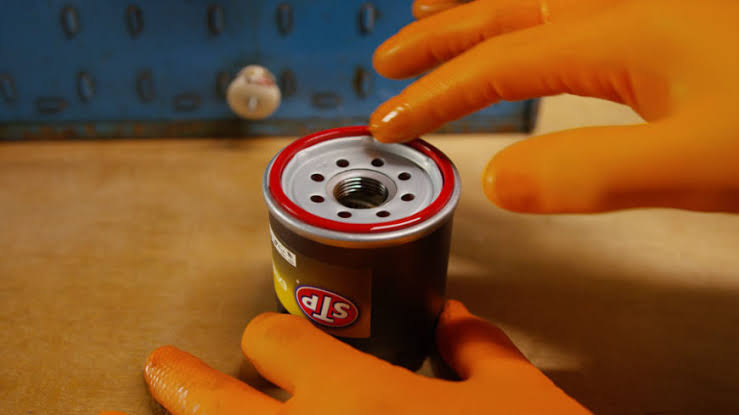Does Refrigerant Stop Leak Work?

Refrigerant stop leak products are marketed as a quick and easy fix for air conditioning systems with minor leaks. These products are often used in both vehicles and home air conditioning systems, claiming to seal leaks in the system without the need for costly repairs. But the big question remains: Does refrigerant stop leak actually work?
In this article, we’ll explore how refrigerant stop leak products work, their effectiveness, potential risks, and whether they’re a good option for repairing your AC system.
What Is Refrigerant Stop Leak?
Refrigerant stop leak is a chemical product designed to seal small leaks in air conditioning or refrigeration systems. It’s added to the system along with refrigerant and works by solidifying when it comes into contact with air or moisture at the site of a leak.
These products typically include:
- Sealants: To close small holes or cracks.
- Lubricants: To keep the system running smoothly.
- Leak Detectors: To identify where the leak is located.
How Does Refrigerant Stop Leak Work?
Refrigerant stop leak works by reacting with moisture or oxygen at the site of a leak, forming a seal to prevent further refrigerant loss.
Key Steps in the Process:
- The stop leak product is introduced into the AC system.
- It circulates with the refrigerant.
- When it reaches a leak and is exposed to air or moisture, it solidifies to seal the hole.
This mechanism is effective for small pinhole leaks or minor cracks, but it is not suitable for larger leaks or damaged components.
Does Refrigerant Stop Leak Work Effectively?
The effectiveness of refrigerant stop leak products depends on several factors:
1. Size of the Leak
- Works for: Small, pinhole leaks in metal or rubber components.
- Doesn’t work for: Larger leaks, broken components, or damaged seals.
2. Location of the Leak
- Leaks in accessible areas are more likely to be sealed effectively.
- Leaks in hard-to-reach areas may not receive adequate stop leak coverage.
3. Condition of the AC System
- Older or poorly maintained systems may have multiple leaks or significant damage, making stop leak less effective.
Pros of Using Refrigerant Stop Leak
1. Cost-Effective
Refrigerant stop leak is an affordable alternative to costly AC repairs, especially for minor leaks.
2. Easy to Use
Many products are DIY-friendly, allowing you to fix small leaks without professional help.
3. Temporary Fix
It can provide a temporary solution, giving you time to save for a more permanent repair.
Cons of Using Refrigerant Stop Leak
1. Limited Effectiveness
Stop leak products work only on small leaks. Larger issues will require professional repair or component replacement.
2. Potential Damage to the System
The sealant can clog other components, such as the compressor, evaporator, or expansion valve, leading to costly repairs.
3. Doesn’t Address Underlying Issues
Stop leak products are a temporary fix and don’t address the root cause of the problem.
4. Professional Repairs Still Needed
Even if the leak is sealed, professional service may still be required to recharge the refrigerant and ensure proper functioning.
When Should You Use Refrigerant Stop Leak?
Refrigerant stop leak may be a good option in the following scenarios:
- The leak is small and easy to identify.
- You need a temporary fix before a permanent repair.
- The system is older and you’re not ready to invest in major repairs.
Avoid using stop leak if:
- The leak is large or difficult to access.
- The system is under warranty (it may void coverage).
- You suspect internal component damage.
How to Use Refrigerant Stop Leak
If you decide to use refrigerant stop leak, follow these steps:
- Purchase the Right Product: Ensure it’s compatible with your AC system.
- Follow Instructions Carefully: Each product has specific guidelines for application.
- Add the Stop Leak: Use the product as directed, usually through the low-pressure port.
- Monitor the System: Check for improvements in performance and refrigerant levels.
Alternatives to Refrigerant Stop Leak
If you’re hesitant about using refrigerant stop leak, consider these alternatives:
1. Professional Leak Repair
A certified technician can locate and repair the leak using specialized tools and equipment.
2. Component Replacement
Replace damaged components, such as hoses, seals, or compressors, to ensure a long-lasting solution.
3. Regular Maintenance
Prevent leaks by maintaining your AC system with regular inspections and servicing.
FAQs
1. Can refrigerant stop leak damage my AC system?
Yes, the sealant can clog sensitive components, leading to costly repairs.
2. How long does refrigerant stop leak last?
It’s a temporary fix and may last a few months to a year, depending on the system and leak size.
3. Is refrigerant stop leak safe to use?
It’s generally safe when used as directed, but improper use can cause damage.
4. Will stop leak void my AC warranty?
In most cases, yes. Check your warranty terms before using stop leak products.
5. Can I use stop leak on a large leak?
No, stop leak products are only effective for small leaks.
Conclusion
Refrigerant stop leak can be an effective temporary solution for minor AC system leaks, but it’s not a one-size-fits-all fix. While it’s affordable and easy to use, the potential risks and limitations should be carefully considered. For larger leaks or ongoing issues, professional repair or replacement is the best option to ensure your AC system functions efficiently and safely.
If you’re unsure whether refrigerant stop leak is right for your situation, consult with an HVAC or automotive technician for expert advice.
Also Check:





